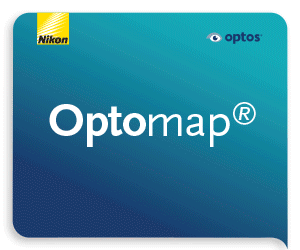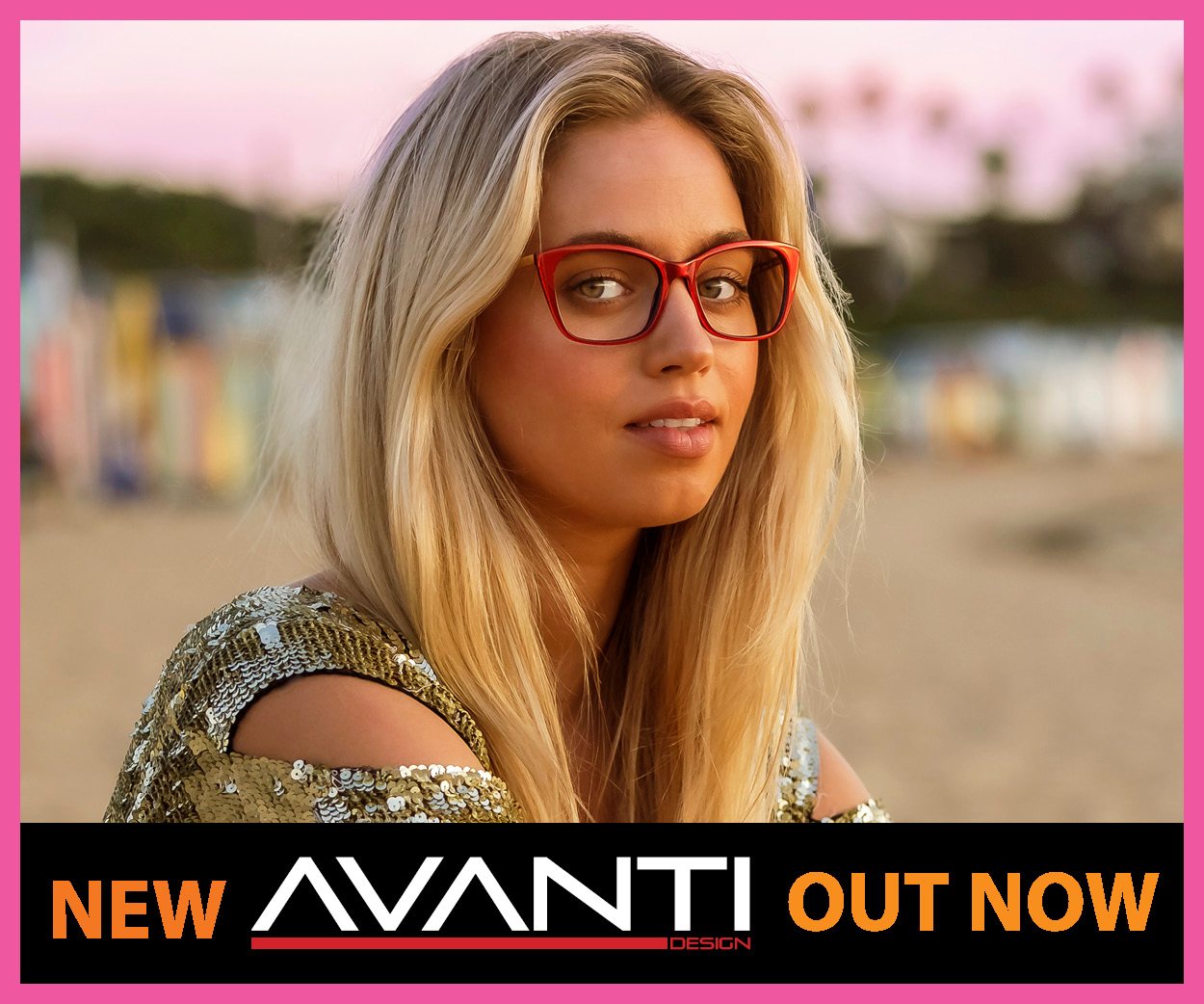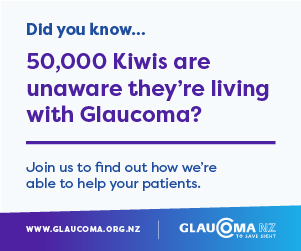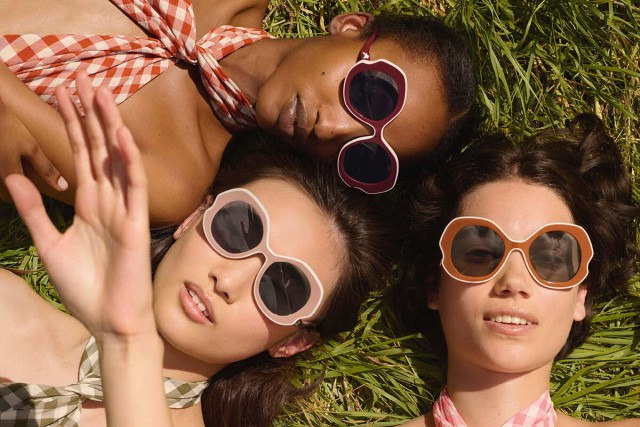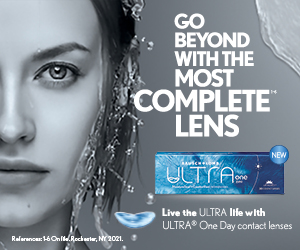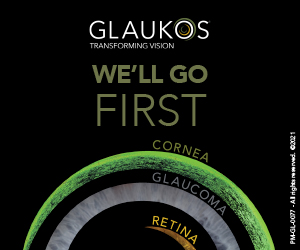Happy birthday, Aviator – and other hot trends for summer!
The weather outside is frightful, but the global sunglasses market is delightful! Statista says the projected revenue for the global sunglasses market is US$26.32bn in 2025, an increase of almost a billion on 2024 figures1. While the cost of living crisis is negatively impacting a range of consumer buying decisions worldwide, sunglasses – particularly the luxury segment – remains in growth. The average spend per unit is also steadily increasing, currently sitting at around NZ$204, a jump of about $9.80 per unit from 2024.
Trends in Australia and New Zealand show a particular customer preference for polarised lenses that reduce glare, potentially driven by the outdoor sports and fishing sector2. Polarised prescription sunglasses are a particuar area of growth, worldwide, as consumers seek better clarity and quality of product. Customers seeking prescription sunglasses from an optometrist are more likely to buy one pair, spend more and prioritise fit and sustainability, while the online market is dominated by multiple purchases of cheaper, non-prescription glasses driven by fashion trends. The global polarised sunglasses market is projected to grow at a compound annual growth rate of 6.5% between now and 2033, according to a report by Cognitive Market Research.

Actress Andie MacDowell at the Cannes Film Festival in a modern aviator twist from Max Mara
The New Zealand sunglasses market is looking particularly buoyant, and Statista forecasts it to reach a value of $136m this year, growing by 2.27% by 2029. The average number of pairs of sunglasses per person is 0.3, three times as much as the global market, with a per-person spend of $25.60 per person, vs $5.53 per person globally. The average spend on a pair of sunnies In New Zealand is almost $574 per unit. It’s the fastest growing product segment in the country, driven by greater awareness of the dangers of UV. The contact lens market remains relatively small in New Zealand, with consumers preferring prescription eye glasses.
What should you keep in stock?
As optometry practices remain relatively small in New Zealand with a focus on high-quality healthcare, the advice continues to be to keep a small number of crowd-pleasing frame types in stock, across a range of price points. Major high-street brands in Europe, like Specsavers, have enjoyed huge success by offering discounted prescription sunglasses alongside a more expensive optical frame and lens purchase. Although independents and small chains don’t have the same financial latitude, if you can find scope to offer a discount or some added value for prescription sunglasses this will drive sales in your favour.
The Aviator turns 90!
This classic shape, launched in 1935 for the US military, has still got it. This iconic nonagenarian frame shape was originally designed by American Optical – a company which was itself founded back in 1833 – to provide high quality, low glare eyewear for US pilots. High-profile wearers of Aviators have included JFK, Malcolm X and, of course, Tom Cruise. The frame shape continues to evolve so, while you can rock that classic look, why not try something like these Balmain aviator shape shield glasses to bring the look bang up to date.

Are you lost?
Wayfarers are another timeless classic, dating back to 1952. The broad horizontal shape with the gentle under-curve of the lens offers unmistakable sophistication. A design versatile enough for an evening out or a day on deck. In 2025, a range of different takes on this design is available with a focus on colour, acetate and detailing. Ray Ban’s classic Wayfarer, however, is a shape that will sell year in, year out.

Minimalist 90s
The Brat Summer aesthetic of 2024 had its roots in late ‘90s Y2K culture, and the minimalist polished style is permeating 2025 as well. Think slimline, metallic, stylishly simple. If you’re picturing Morpheus or Neo from the Matrix, you’re on the right page. These Ruskin sunnies from William Morris are an update on their best-selling 2022 range, remaining an on-brand best seller for the coming summer.

Full bodied
Volume frames are another strong trend. Chunky acetate in tortoiseshell or a bold block colour were all over the European spring/summer catwalks. In a haute-couture-meets-tech twist, 3D printed frames are also a thing, with McLaren collaborating with Formlabs for a sporty 3D printed metal frame collection and Tom Ford 3D printing his iconic ‘T’ detail for his Icon collection. Meanwhile, the oversize look – also a Y2K trend – is well and truly back. These Saint Laurent frames tick numerous boxes with their chunky tortoiseshell frames and subtly oversized cat-eye lens.

Ugly bugs
Imagine a pair of sporty wraps got caught in Seth Brundle’s The Fly teleportation machine with the eponimous insect. The result would be this year’s weirdest sunglasses trend – big, bug-eyed specs. With a bit of futurism thrown in for good measure, the spring summer catwalks were awash with giant insect-like shield sunnies that are guaranteed to appeal to a younger, more fashioned-first audience.

Rimless sunglasses – always keep a pair in stock
Rimless sunglasses are not a best seller, but they are timeless, practical and will always appeal to a certain demographic. They weigh less and offer a wider field of vision – making them great for sports – and are versatile enough that they suit any occasion. Maui Jim offers a range of rimless sunglasses with a reader lens pre-fitted, making them a great instore upselling add-on.

Asian-fit sunglasses
Remember to make sure you’re catering for a broad range of customers, old to young, men to women and everyone in between and, of course, our Asian clientele. Almost 20% of New Zealanders are from Asian heritage, sporting high cheekbones and low nose bridges that can limit their choices in Western-led optical practices. Asian-fit sunglasses, also known as universal-fit, have a narrower bridge to prevent slippage, often with longer nose pads, and have less of a curve on the frame so they don’t get caught on those enviable cheek bones when smiling!


Freelance writer Jai Breitnauer divides her time between New Zealand and the UK. She lives with her husband and two children in Bristol and is a regular contributor to NZ Optics.




